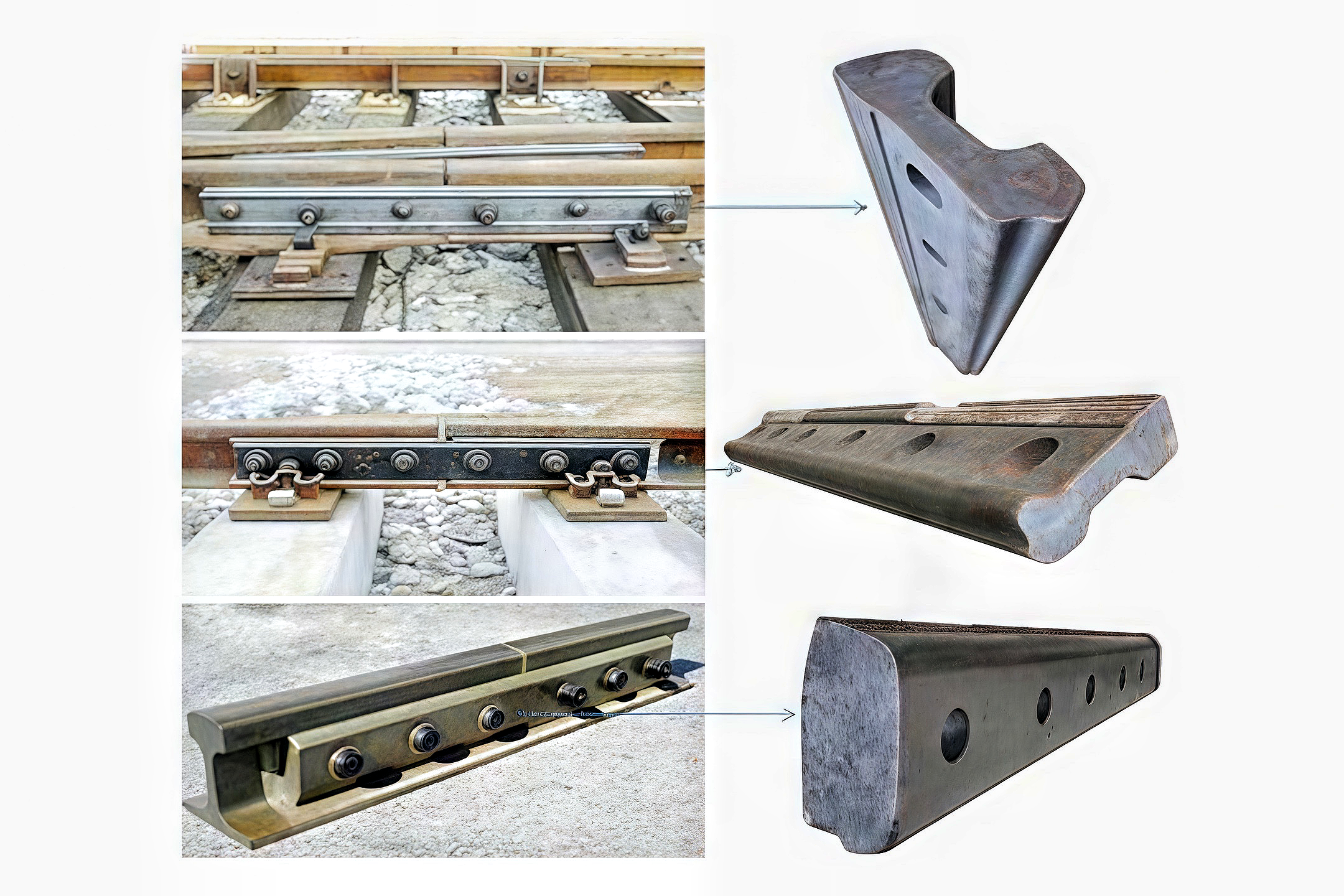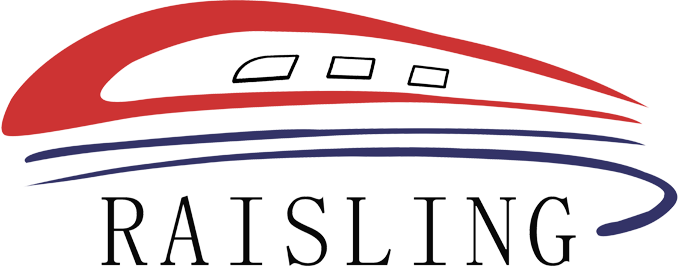-
ProductsAt present, the company has the ability to produce 50000 tons of rail buckle accessories annually. The product series includes various specifications of spring bars Gauge baffles, switch special pads, joint clamps for 43kg, 50kg, 60kg steel rails, various export products, etc

-

-
AboutThe company was established in 1994 and is a production enterprise specializing in the research and development, production, and sales of railway line specific accessories

Understanding Rail Fish Plates: Essential Components for Track Integrity
Jul 15,2025
In the realm of rail transportation, safety and reliability are paramount. One of the unsung heroes of railway infrastructure is the rail fish plate. These essential components are crucial for maintaining track integrity and ensuring the smooth operation of trains across various terrains. Rail fish plates are flat, metal strips that connect two rails together, effectively acting as a bridge betwee

Rail fish plates are flat, metal strips that connect two rails together, effectively acting as a bridge between them. Their primary function is to provide structural support at rail joints, minimizing the gaps that could lead to instability. This is particularly important, as even the smallest misalignment can cause significant issues, including derailments or increased wear on both the tracks and the rolling stock.
There are several types of rail fish plates, each designed for specific applications within the railway system. The most common types include those used for ordinary rail joints, insulated fish plates for electrical isolation, and bolted or welded variants depending on the engineering requirements. The choice of fish plate can significantly affect the overall performance of the track, making it imperative for transport professionals to understand the options available.
One of the key advantages of using rail fish plates is their ability to distribute stress along the rail. When a train passes over a joint, the force exerted can lead to localized wear and fatigue. Fish plates help in spreading this load, reducing the risk of rail failure. Additionally, their design allows for easy maintenance and replacement, ensuring that railways can operate efficiently without prolonged downtime.
The material used to fabricate rail fish plates is also crucial to their performance. Typically made from high-strength steel, these components are designed to withstand harsh environmental conditions and the constant wear associated with train operations. Corrosion resistance is another important factor, as fish plates are often exposed to moisture and other elements that could compromise their integrity over time.
In conclusion, rail fish plates might be small in size, but their contribution to railway safety and functionality is significant. Understanding their role and the various types available is essential for anyone involved in the transportation sector. By ensuring these components are properly maintained and suited to their specific applications, the railway industry can continue to operate safely and efficiently, providing reliable service to passengers and freight alike.
Previous:
Recommended
Asia Pacific Rail 2025 Concludes in Bangkok, Showcasing Rail Industry's Future
Bangkok, May 29 - The Asia Pacific Rail 2025, a leading event in the railway and rail transit industry, successfully concluded on May 29 in Bangkok, Thailand.
Contact Us
Henan Xinda Railway Equipment Co., Ltd
Fax: +86-372-2615999
Tel: +86-18567891234
Email:info@xindarail.com
Send us your request
we will get in touch with you as soon as possible
COOKIES
Our website uses cookies and similar technologies to personalize the advertising shown to you and to help you get the best experience on our website. For more information, see our Privacy & Cookie Policy
COOKIES
Our website uses cookies and similar technologies to personalize the advertising shown to you and to help you get the best experience on our website. For more information, see our Privacy & Cookie Policy
These cookies are necessary for basic functions such as payment. Standard cookies cannot be turned off and do not store any of your information.
These cookies collect information, such as how many people are using our site or which pages are popular, to help us improve the customer experience. Turning these cookies off will mean we can't collect information to improve your experience.
These cookies enable the website to provide enhanced functionality and personalization. They may be set by us or by third-party providers whose services we have added to our pages. If you do not allow these cookies, some or all of these services may not function properly.
These cookies help us understand what you are interested in so that we can show you relevant advertising on other websites. Turning these cookies off will mean we are unable to show you any personalized advertising.
COOKIES
Our website uses cookies and similar technologies to personalize the advertising shown to you and to help you get the best experience on our website. For more information, see our Privacy & Cookie Policy
COOKIES
Our website uses cookies and similar technologies to personalize the advertising shown to you and to help you get the best experience on our website. For more information, see our Privacy & Cookie Policy
These cookies are necessary for basic functions such as payment. Standard cookies cannot be turned off and do not store any of your information.
These cookies collect information, such as how many people are using our site or which pages are popular, to help us improve the customer experience. Turning these cookies off will mean we can't collect information to improve your experience.
These cookies enable the website to provide enhanced functionality and personalization. They may be set by us or by third-party providers whose services we have added to our pages. If you do not allow these cookies, some or all of these services may not function properly.
These cookies help us understand what you are interested in so that we can show you relevant advertising on other websites. Turning these cookies off will mean we are unable to show you any personalized advertising.

